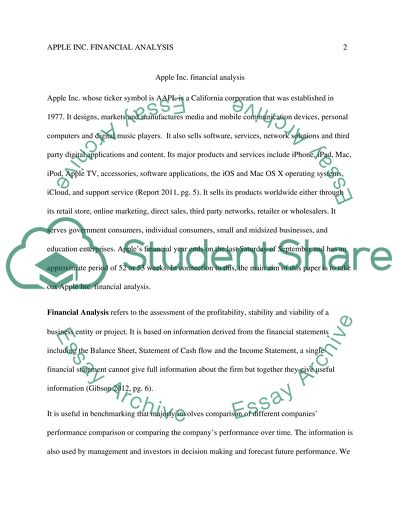Cite this document
(“Financial analysis Essay Example | Topics and Well Written Essays - 2000 words - 3”, n.d.)
Financial analysis Essay Example | Topics and Well Written Essays - 2000 words - 3. Retrieved from https://studentshare.org/finance-accounting/1645083-financial-analysis
Financial analysis Essay Example | Topics and Well Written Essays - 2000 words - 3. Retrieved from https://studentshare.org/finance-accounting/1645083-financial-analysis
(Financial Analysis Essay Example | Topics and Well Written Essays - 2000 Words - 3)
Financial Analysis Essay Example | Topics and Well Written Essays - 2000 Words - 3. https://studentshare.org/finance-accounting/1645083-financial-analysis.
Financial Analysis Essay Example | Topics and Well Written Essays - 2000 Words - 3. https://studentshare.org/finance-accounting/1645083-financial-analysis.
“Financial Analysis Essay Example | Topics and Well Written Essays - 2000 Words - 3”, n.d. https://studentshare.org/finance-accounting/1645083-financial-analysis.


